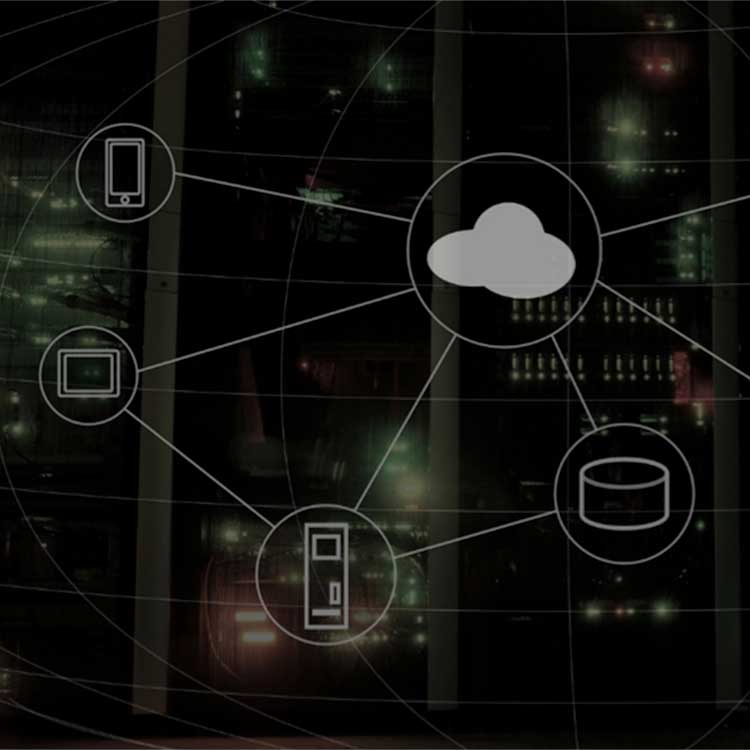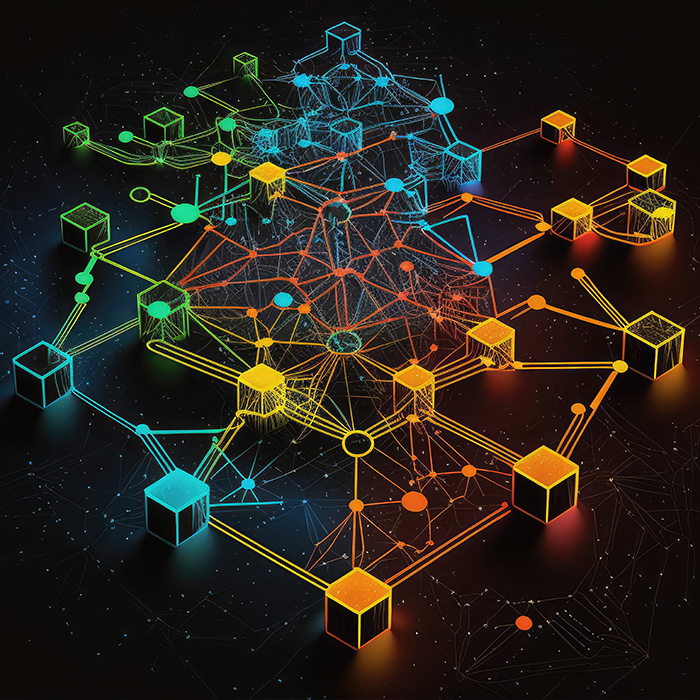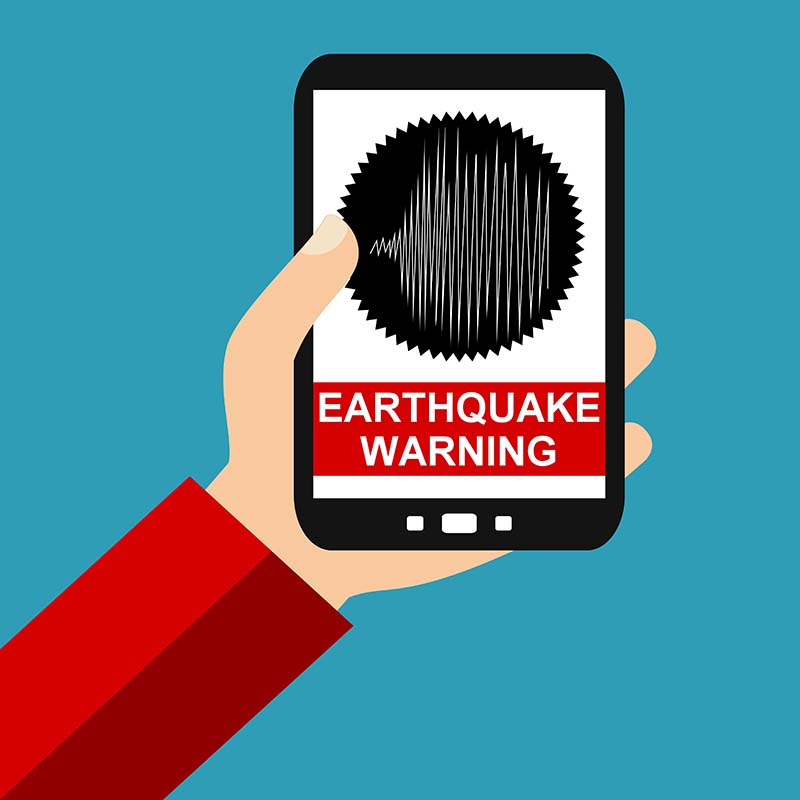New heights in customer engagement, insights and telemetry will be powered by the combination of massive computing power, machine learning, artificial intelligence and 5G being brought to market. It’s one of several trends that will define business in 2021, according to Christian Alvarez, Global SVP of Channel at Nutanix, which specializes in enterprise cloud technologies.
Another thing to watch for? The proliferation of ‘everything-as-a-service’ models will require partners to reinvent themselves in this new reality and adopt new economic business terms to offer flexible consumption and subscription options for the customers of today and tomorrow.
Those are just a few reasons why Alvarez says the sands are shifting beneath the channel, an ecosystem that spans single-person consultancies and local stores to global hardware, software and services vendors. According to Forrester research, the global technology channel generated $2.26 trillion in 2019, which ws 64% of total customer spend. Rapid changes in the services, technologies and business models require the channel to constantly adapt — and find new ways to profit from these shifts.
“We are in the midst of a significant, lasting transformation in how companies go to market and how customers procure and consume technology,” Alvarez said. The transformation extends to the B2B realm, where channel partners sell technologies to individual businesses.
Channel partners are experts in marketing, distribution and sales. They have deep expertise in connecting the capabilities of a technology seller with the unique needs of a buyer. This broad skillset helps channel partners funnel revenues to B2B technology companies.
“In the years to come, the business model of the channel will keep evolving,” Alvarez said. Thus, understanding the forces driving evolution is essential. More than ever, this is forging strong partnerships based on sharing real-time updates and insights.
Why the Channel is Evolving
Traditionally, B2B tech companies built sophisticated channel partner programs to keep the cash rolling in. It helped that their channel partners had well-defined business models.
Value-added resellers (VARs) sold specific technologies to individual clients. Global system integrators (GSIs) weaved together multiple software suites for worldwide enterprises. Original equipment manufacturers (OEMs) included specific applications on their hardware.
Now, it’s all up for grabs. Channel partners can mix and match these functions to suit their clients’ diverse business requirements. The distinctions between GSIs, VARs, OEMs and other channel partner niches are starting to dissolve.
“Those lines continue to become more and more blurry,” Alvarez said. “That has certainly brought some opportunities, but it has added some challenges as well.”
In 2020, COVID-19 pushed everything into high gear. It accelerated end user computing technologies such as virtual desktop infrastructure and desktop as a service, which helped employers keep workers connected remotely, schools deliver online classrooms and expand health industry services.
“The disruption caused by the recent pandemic will accelerate the adoption of IT innovation at an unprecedented rate,” Alvarez predicted. “This new normal will redefine how we do everything.”
Indeed, the transformation of the channel is pervasive. Subscription-based services replace product-based businesses. Expanding bandwidth and evolving automation accelerate the potential to create cloud-based services. An OEM supplying backup servers can become a managed services provider, another common type of channel company.
“In today's subscription- and consumption-based economy, the buyer’s journey has certainly changed,” Alvarez said. He’s in a position to know: Nutanix is in the midst of a transition to a subscriber-driven business model, where customers pay monthly service fees rather than invest in costly hardware.
Consider the value-added reseller that once bought server stacks from hardware providers and sold them to clients. The pay-as-you-go model of the cloud reshapes the entire transaction.
“What would have been a traditional sale through a traditional VAR becomes a consumption-based sale,” he said. “And what could have become a million-dollar transaction turns into a monthly recurring charge.”
Tech businesses have to optimize their channel partner programs to take these changes into account, he added. Moreover, tech firms should focus on helping channel partners drive adoption and customer success. That helps partners strengthen their bonds with clients.
Charting a Better Future for the Channel
Alvarez recalls how a channel partner helped a European government agency deploy Nutanix’s virtual desktop infrastructure (VDI) software at the beginning of the pandemic.
“We delivered 3,000 VDI seats in a span of one week, which is just unheard of,” he said.
Normally, that job takes several months. This is one more manifestation of the changes roiling the channel. Economic relationships also are evolving. Alvarez, for instance, advises channel partners to take a long, hard look at offering more flexible economic terms to their clients.
“I'm not just talking about a traditional lease,” he said. “I'm talking about embracing these pay-as-you-go consumption types of models that are going to challenge all of us from revenue-recognition and revenue-deferral perspective.”
Skill-building is another key concern. Alvarez said many of Nutanix’s best partners devoted more energy to training and improving their expertise as the pandemic disrupted normal business operations.
“We've seen a lot of partners making significant investments of time and money to get their engineers more certifications and specializations to drive the right architectures, to get the business outcomes and to really find the best times and the opportunities for inserting certain technologies,” he said. “That has been one of the major game changers.”
Multicloud architectures give channel partners vast opportunities to add offerings like disaster-recovery-as-a-service. Partners also can build online marketplaces and do business much like Amazon does.
“We know because of today's subscription- and consumption-based economy that marketplaces are going to continue to become more popular,” Alvarez said. Channel partners will feel increasing pressure to deliver these services to their clients.
“The only way partners are going to continue to make themselves relevant is by providing enhanced services,” he said.
Standing still is not an attractive option. Partners’ clients want lower operating costs and higher efficiencies. And their clients’ competitors may be using next-generation technologies like 5G and machine learning to elevate the customer experience.
“If the customer of today stays in the status quo, then their competitors could outperform them,” Alvarez cautioned.
B2B Tech Companies Must Hold up Their End
Responding to the changing technology landscape, Nutanix upgraded its channel program in September 2020. The program includes a portal that provides a consistent user experience for all partners. It helps simplify the partner system and provides opportunities to improve profitability.
The program also includes a curriculum, a services-enablement framework and a blueprint that are free to all partners. The goal: helping channel partners provide nothing less than a world-class engagement to clients.
“This has helped partners that have started dabbling in services,” he added. “They can say ‘Wow, now I have a full end-to-end view on how to truly build a services organization.’ ”
These are the kinds of things B2B technology companies must do to make life simpler and easier for their channel partners. That means providing timely customer insights.
“When partners start doing account planning, when they prepare for that customer visit, then they can walk in with that business intelligence, telemetry and insights,” he added. That intel can show the customer they have a problem before they even know it exists.
“If we're able to effectively do that for our partners, we all win,” he said. “We get to sell more, the customer gets to adopt more technology they need — and the partner gets to sell more services.”
Tom Mangan is a contributing writer. He is a veteran B2B technology writer and editor, specializing in cloud computing and digital transformation. Contact him on his website or LinkedIn.
© 2020 Nutanix, Inc. All rights reserved. For additional legal information, please go here.

















